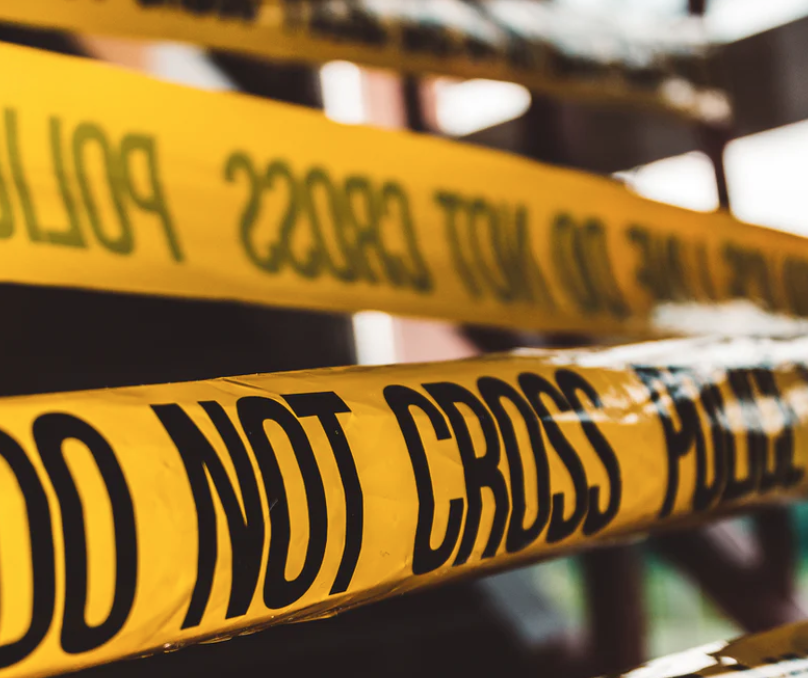Jeremy Wilson, Justin Heinonen and John Spink 2014
By most accounts, product counterfeiting, a specific type intellectual property crime, is growing in scope, scale and threat and poses serious economic, social and public health harms. In this article, we improve the conceptual understanding of product counterfeiting by critically exploring the validity and implications of broadly classifying this crime. Specifically, we examine its classification as white-collar crime, which is evident in research and practice. We develop a framework based on established properties of white-collar crime to which we compare and contrast characteristics of pharmaceutical counterfeiting incidents. To avoid shortcomings of previous more general research, it was critical to provide a specific case study for one type of product. One limitation in previous research is not separating deceptive and non-deceptive counterfeits. We demonstrate that product counterfeiting incidents have properties both consistent and inconsistent with white-collar crime as traditionally defined, which sometimes occur concurrently. To advance criminal justice and security research and practice, we conclude that product counterfeiting defies broad classification and is best considered a distinct crime event. Failure to embrace this broad classification can lead to ineffectively estimating its occurrence and its effects on the economy, public safety and health, and brand owners.
This article was published in Security Journal. Subscription may be required to view article.
2014 Copyright Michigan State University Board of Trustees.
To read the full article, click here.
